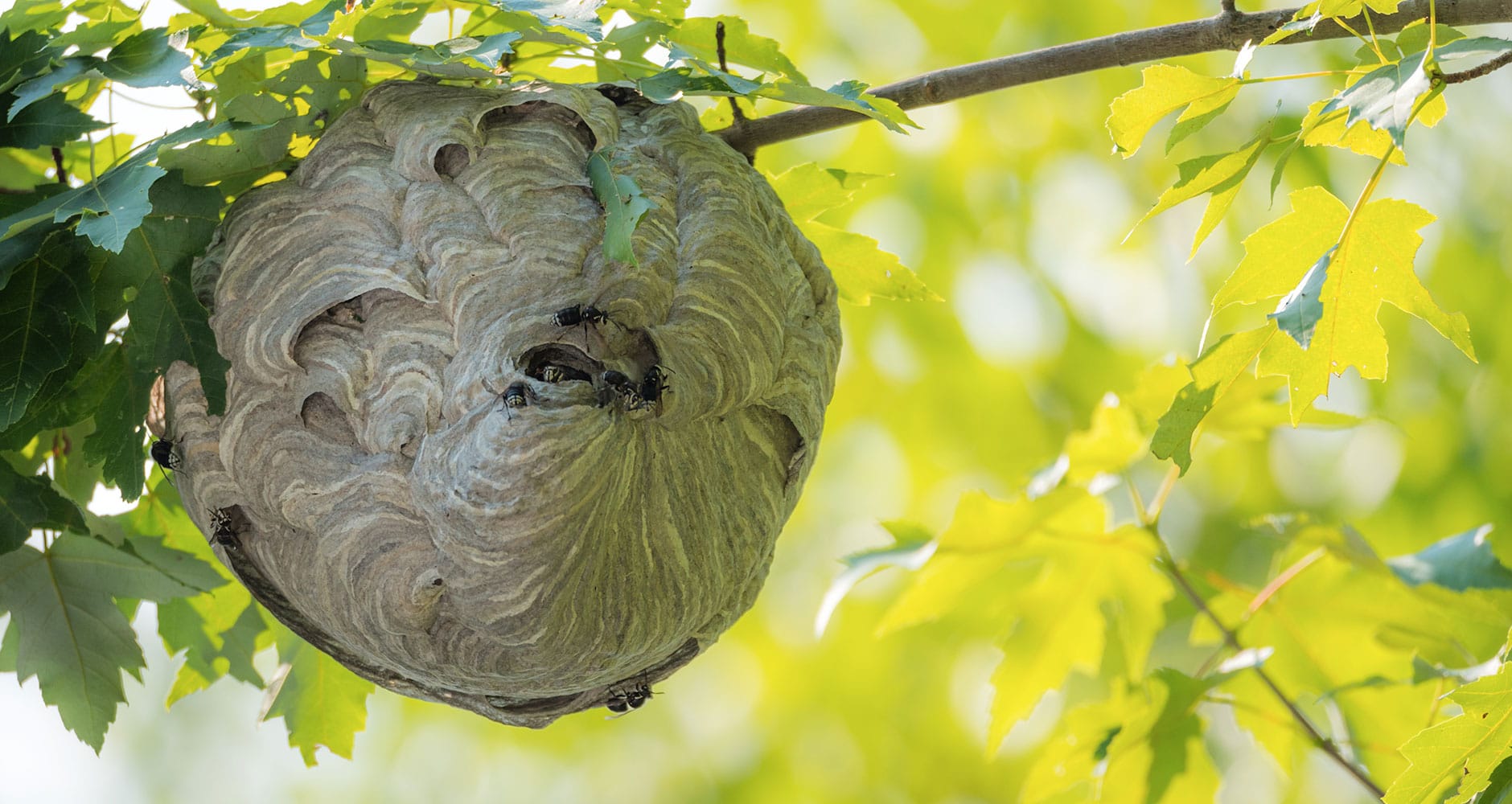
UPDATE: 10/13/2021;9:00:42 AM – PARTS OF USA COVERED IN SNOW! The Long Winter has begun!
FRIGID and VERY SNOWY WINTER
TAGS: JANUS, Operation Dark Winter, bio-terrorist attack, Longest and Coldest Winter, Farmer’s Almanac, Telltale Signs, Walking Dead, COVID ZOMBIES, TEXAS FREEZE, Fake Snow, ELFVLF, HARRP, Weather Modification, Weather Warfare, FROZEN, Predictive Programming, Gatekeepers, Bill Gates, Surveillance, China, MicroSoft, Cold Apocalypse 2021
spacer
Now that the elite have clearly demonstrated their determination to implement their plan for world domination it would be unreasonable not to expect them to take advantage of the coming winter season to squash all resistance and disarm the masses.
They are very unhappy with the sizeable number of resistors to the Vax. The VAX program is integral to their plan for total dominance and control. They MUST have EVERYONE initiated into their MIND CONTROL system. They have no tolerance for resistors. You had better believe they will use whatever means necessary to assure absolute compliance.
This winter is looking to be the perfect stage for their diabolical plan. It it does not turn out to be the longest, coldest, darkest Winter ever…I for one will be flabbergasted!
Mark 13
14 But when ye shall see the abomination of desolation, spoken of by Daniel the prophet, standing where it ought not, (let him that readeth understand,) then let them that be in Judaea flee to the mountains:
15 And let him that is on the housetop not go down into the house, neither enter therein, to take any thing out of his house:
16 And let him that is in the field not turn back again for to take up his garment.
17 But woe to them that are with child, and to them that give suck in those days!
18 And pray ye that your flight be not in the winter.
19 For in those days shall be affliction, such as was not from the beginning of the creation which God created unto this time, neither shall be.
20 And except that the Lord had shortened those days, no flesh should be saved: but for the elect’s sake, whom he hath chosen, he hath
Matthew 24:20 Context
17Let him which is on the housetop not come down to take any thing out of his house: 18Neither let him which is in the field return back to take his clothes. 19And woe unto them that are with child, and to them that give suck in those days! 20But pray ye that your flight be not in the winter, neither on the sabbath day: 21For then shall be great tribulation, such as was not since the beginning of the world to this time, no, nor ever shall be. 22And except those days should be shortened, there should no flesh be saved: but for the elect’s sake those days shall be shortened. 23Then if any man shall say unto you, Lo, here is Christ, or there; believe it not.
If you have not seen my post regarding the Winter from Hell in Texas, check it out:
It Happened In Texas – It WILL HAPPEN TO YOU!!
spacer
UPDATE: 10/13/2021;9:00:42 AM
UPDATE: 10/12/21; 6:43:23 PM
Oct 12, 2021
UPDATE: 10/09/2021; 9:50:38 AM
Oct 9, 2021
Sep 29, 2021
spacer
Jan 23, 2021
Blizzard of 1978 – January 25 through Friday, January 27, 1978 / 2022 – 1978 = 44
So, it is very likely we will see some serious blizzards this coming January. The 44th Anniversary of the 1978 Blizzard. Why because the number 44 is very important to the OCCULT/ILLUMINED.
The Number “44”
Occult Meaning and Symbolism of 44
- When used in the occult the number 44 is most often used as similitude number for Christ. It is often invoked and perverted in order to harness the Christ energies and turn them upside down.
- 44 is sometimes referred to as the 4th “Master Number”
- According to R. Allendy, “this number must logically links the principle of the periodic mutations of the nature to the cosmic manifestations of those”.
- J. Boehme calls numbers 44, 45 and 46 the trinity of the human life. Obama 44th, Trump 45th and Biden 46th
In the Bible
- The final part of Jesus’ earthly ministry is 44 days long. This period began on the day he was crucified, which was Wednesday, April 5 in 30 A.D. (Nisan 14 in the year 3790 according to the Hebrew calendar used in the Bible). It ended on the day he gave his final instructions to his disciples and ascended to heaven from the Mount of Olives, which occurred on Thursday, May 18 (Iyar 27).
- The 4th book of the Bible, the book of Numbers, contains 1288 or 400+400+400+44+44 verses. It is 44 times shorter than 3×444 or 666+666.
The most venerated occult numbers are: 3, 6, 9, 11, 13, and multiples thereof, especially 22, 33, 44, 55, 66, 77. A triplication of numbers is also considered sacred (possibly even more sacred) to the occultist
SOURCE: PHOENIX ENIGMA
THE NUMBER 4 Occult Symbology
- Represents the union of the three Persons of the Saint Trinity in only one Being. In this sense the number 4 symbolizes the family, being considered as another image of the number 1.
- it is the number of organization and the perfect rhythm.
- In the Greek mythology, it is the number of Jupiter, alive law, master of protection and justice, organizer of all that was created.
- Symbol of totality, it is considered by the initiates as the root of all things.
- Number of the double duality, two plus two, and of the universal measure, according to the Pythagorean.
- Represented symbolically by the square or the cross.
- Symbolizes the Earth, or what is terrestrial, the totality of created and revealed, according to the Bible.
- Symbolizes the incarnation of the beings in matter.
- Symbol of the feminine or the woman, for anatomical reasons: the four lips on the body of the woman.
- Number of the force, this symbol is often reproduced on arms.
- Number of balance.
- In Japan, the four brings misfortune. They avoid to pronounce it because the same word means “the death”.
SOURCE: RIDING THE BEAST
spacer

Cold Weather Kills 20 Times More People Than Hot Weather

If you’re like me, you’re forced to deal with a bothersome paradox year in and year out based on where you live: hoping for heat in the winter and hoping for cold in the summer. A recent study published in The Lancet has revealed that cold weather kills 20 times as many people as hot weather. Suddenly, the sweltering heat we deal with each summer doesn’t seem all that bad.
“It’s often assumed that extreme weather causes the majority of deaths, with most previous research focusing on the effects of extreme heat waves,” Dr. Antonio Gasparrini, from the London School of Hygiene & Tropical Medicine in the UK, said in a statement. “Our findings, from an analysis of the largest dataset of temperature-related deaths ever collected, show that the majority of these deaths actually happen on moderately hot and cold days, with most deaths caused by moderately cold temperatures.”
Gasparrini and his colleagues analyzed 74,225,200 deaths that occurred between 1985 and 2012 in 13 countries with cold to subtropical climates. Researchers determined the temperature of minimum mortality, or the optimal temperature, and total deaths due to non-optimal temperature in each location using data on daily average temperature, death rates, humidity, and air pollution. The relative contributions to heat and cold — moderate to extreme temperatures — were also accounted for.
Non-optimal temperatures resulted in around 7.71 percent of all deaths, 7.29 percent of which occurred due to cold weather compared to 0.42 percent that were attributed to hot weather. Surprisingly, researchers found that less than one percent of all deaths were attributed to either extremely hot temperatures or extremely cold temperatures. Mildly sub-optimal temperatures accounted for seven percent of all deaths, including 6.66 percent that were linked to moderate cold.
“Current public health policies focus almost exclusively on minimizing the health consequences of heat waves,” Gasparrini added. “Our findings suggest that these measures need to be refocused and extended to take account of a whole range of effects associated with temperature.”
A similar study conducted by scientists from Yale University found that, contrary to popular belief, the common cold does thrive in colder climates. Drawing on a 1960 study that found rhinoviruses (like COVID) multiply at a faster rate at 91.4 Fahrenheit compared to body temperature (98.6 Fahrenheit), the research team revealed that common cold viruses not only replicate more efficiently at lower temperatures, but also produce higher levels of infectious particles.
Source: Guo Y, Hshizume M, Gasparrini A, et al. Mortality risk attributable to high and low ambient temperature: a multicountry observational study. The Lancet. 2015
SO, those who want to assure the spread of COLD-LIKE symptoms which can easily be labeled COVID, just need to make it COLDER… GET READY!!
spacer
Sep 21, 2021
spacer

Freezing or Mild: Farmers’ Almanac reveals what to expect this winter in Michigan

Photo credit Getty Images
The Old Farmers’ Almanac is out today and has a winter warning: Prepare for a “Season of Shivers.”
According to the latest edition of the almanac, this winter will be punctuated by positively bone-chilling, below-average temperatures across most of the U.S.
“This coming winter could well be one of the longest and coldest that we’ve seen in years,” says Farmer’s Almanac editor, Janice Stillman.
In some areas of the county, the winter weather will also bring lots of snow, including areas of New England, as well as throughout the Ohio Valley, in northern portions of the Deep South, and in southeast New Mexico.
According to the forecast, The Great Lakes, Midwest, and Ohio Valley will have more than their fair share of cold and flaky weather in January.

Photo credit Old Farmers’ Almanac
Eastern Montana southward through the western halves of the Dakotas and into northeastern Colorado will have abundant snowfall throughout the winter, with several storms predicted.
Meanwhile, most western areas will remain relatively dry, however — with the exception of the Pacific Coast and portions of the Southwest — that region will still experience the frigid cold predicted for much of the rest of the country.
For 230 years, the Old Farmers’ Almanac has been helping readers to prepare for winter’s worst, with 80%–accurate weather forecasts.
For more information on the Farmers’ Almanac and the 2021-22 winter forecast, visit their website.

20 Signs Of A Hard Winter Ahead – Farmers’ Almanac
Before there were weather apps for your smartphone, people looked to nature to prepare for what’s to come. What signs of a hard winter are you already seeing in your backyard?
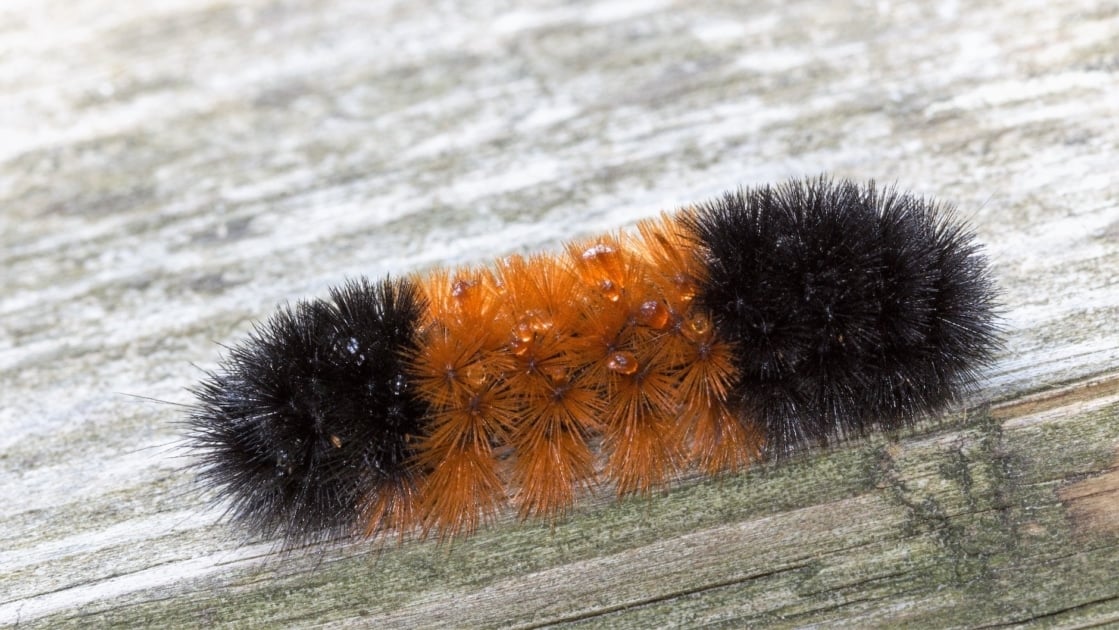
Before there were weather apps for your smartphone, Doppler radar, or the National Weather Service, our ancestors looked to the signs from nature to prepare for what was to come. A wonderful friend of Farmers’ Almanac’s Editor, Ray Geiger’s, Cleveland weather guru Dick Goddard put together a laundry list of 20 signs of nature that can predict a harsh winter ahead. We featured the list in the 1978 Farmers’ Almanac, and it is still relevant today.
20 Signs Of A Cold And Harsh Winter
Here are the signs of a hard winter to come according to folklore:
1. Thicker-Than-Normal Onions or Corn Husks.

2. Woodpeckers Sharing a Tree

3. The Early Arrival of the Snowy Owl

4. The Early Departure of Geese and Ducks

5. The Early Migration of the Monarch Butterfly

6. Thick Hair on the Nape of a Cow’s Neck

7. Heavy and Numerous Fogs During August

8. Raccoons With Thick Tails and Bright Bands

9. Mice Chewing Furiously To Get Into Your Home
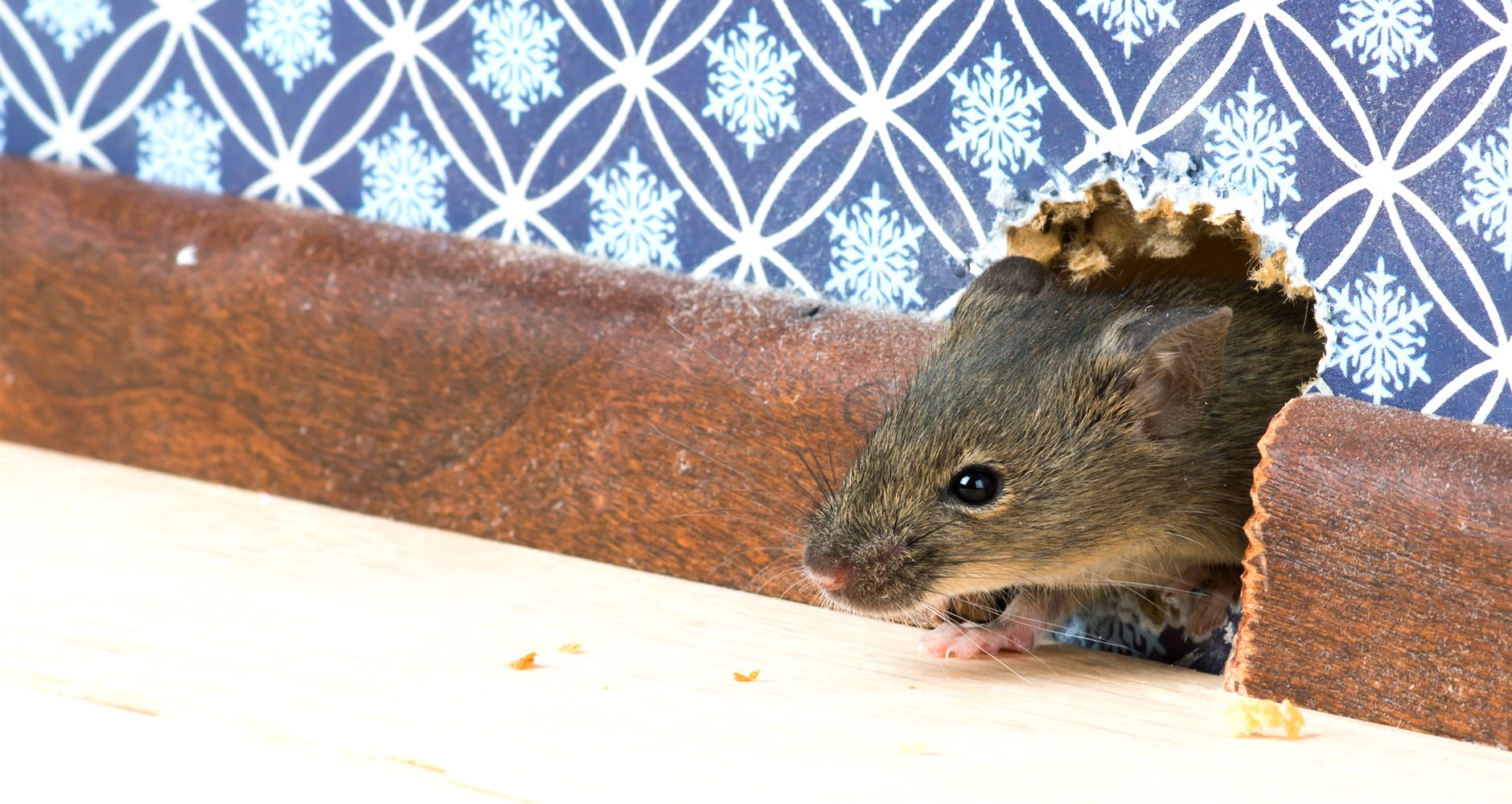
10. The Early Arrival of Crickets on the Hearth
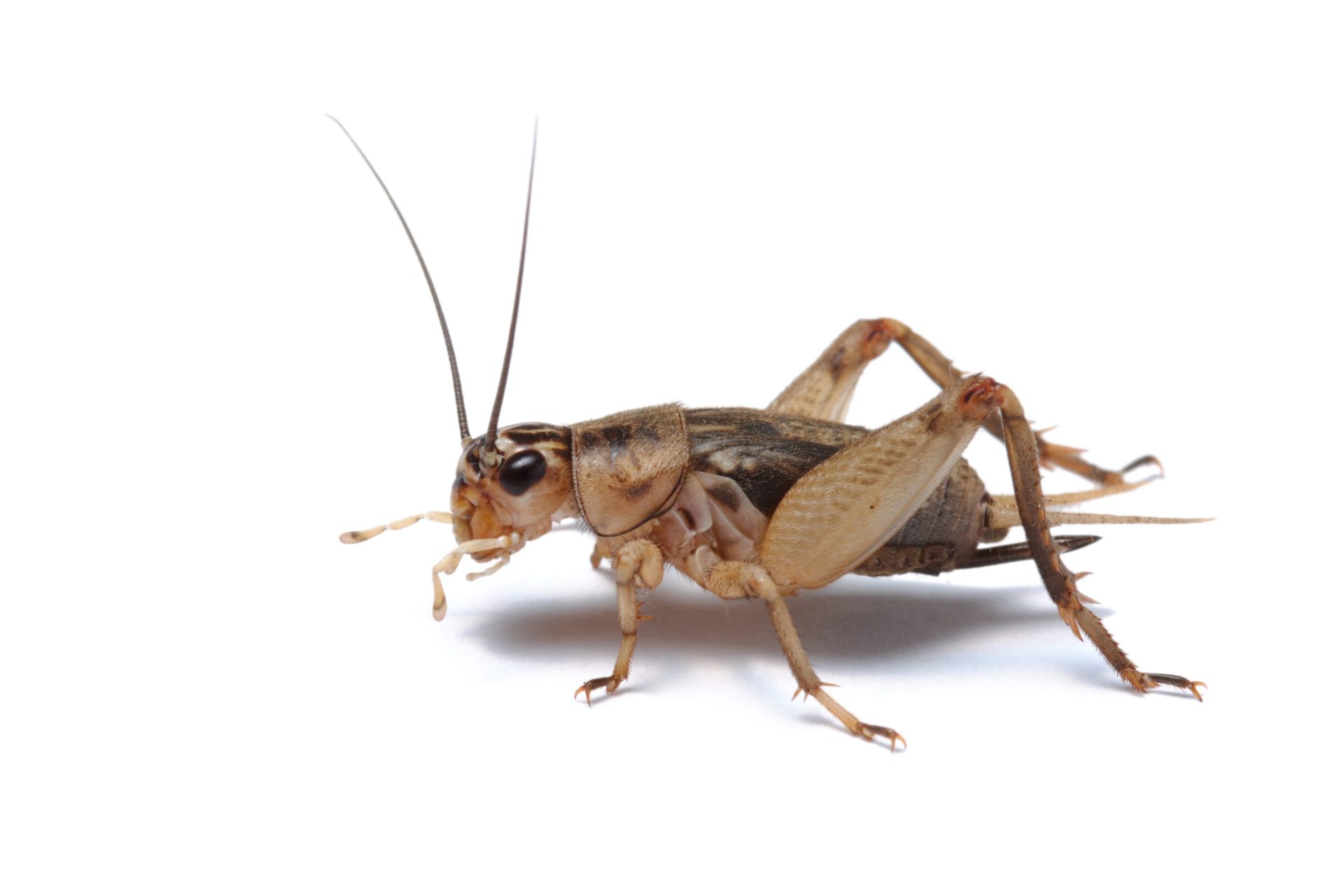
11. Spiders Spinning Larger-Than-Usual Webs and Entering the House in Great Numbers

12. Pigs Gathering Sticks

13. Ants Marching in a Line Rather Than Meandering
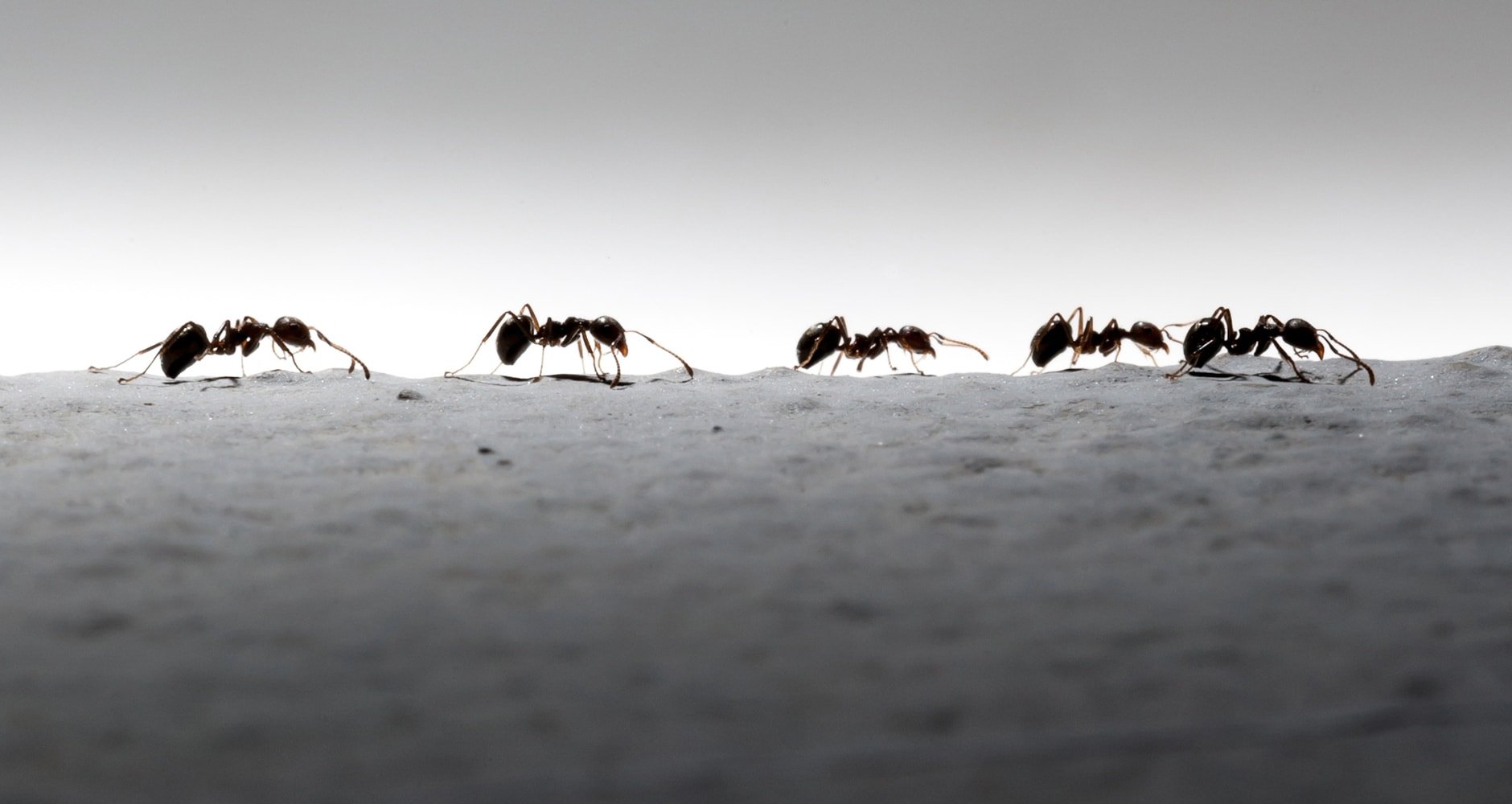
14. Early Seclusion of Bees Within the Hive

15. Unusual Abundance of Acorns

16. Muskrats Burrowing Holes High on the River Bank

17. “See how high the hornet’s nest, ‘twill tell how high the snow will rest.”
18. The Size of the Orange Band on the Woolly Bear (or Woolly Worm) Caterpillar
According to folklore, if the woolly worm caterpillar’s orange band is narrow, the winter will be snowy; conversely, a wide orange band means a mild winter (all black caterpillars are not woolly worms). And fuzzier-than-normal woolly worm caterpillars are said to mean that winter will be very cold.
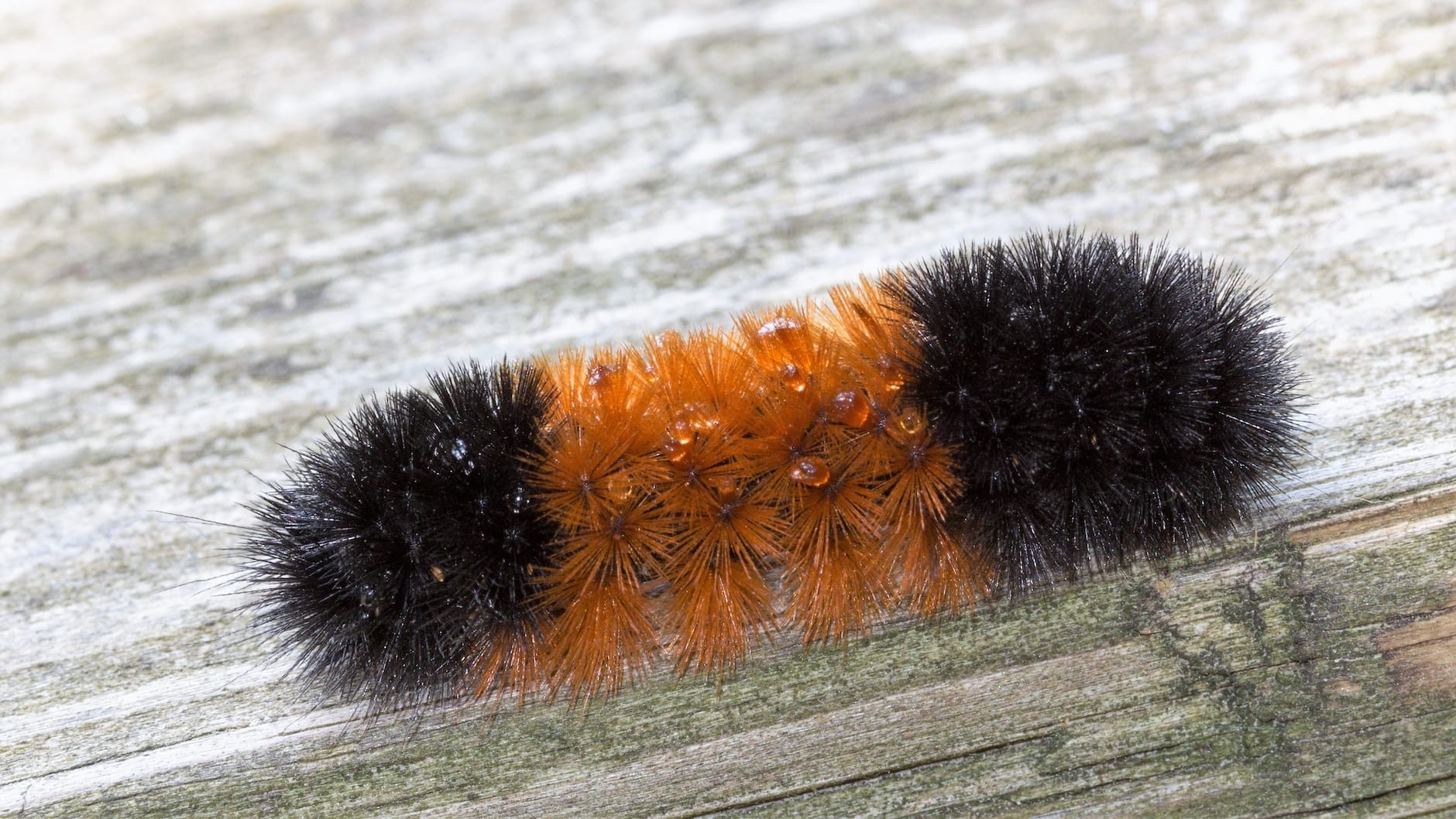
19. Squirrels Gathering Nuts Early to Fortify Against a Hard Winter

20. Frequent Halos or Rings Around the Sun or Moon Forecasts Numerous Snowfalls

What About Persimmons?

Winter weather lore says to cut inside the seed of a ripe persimmon—the shape of the cotyledon will tell you what’s in store for winter. Read more about how to predict the weather with your locally grown persimmon here.

3590:59 To Watch this Video on BitChute Click the Title Link Below:
Spring 2022 Is Going To Make The Walking Dead Look Like The History Channel—COVID Zombie
Quod Deus Avertat
1 week, 3 days ago

Note: My conclusion… We are all Fucked…
My research over this video:
https://en.wikipedia.org/wiki/High-frequency_Active_Auroral_Research_Program
https://www.sciencedirect.com/science/article/abs/pii/S027311779701003X
https://www.researchgate.net/publication/279441686_ELFVLF_Generation
http://cds.cern.ch/
https://scientific-info.cern/search-and-read/online-resources/cern-document-server-cds
https://www.dailystar.co.uk/news/weird-news/haarp-weather-manipulation-175-mile-16877167
HAARP Locations World – Google Maps
https://www.google.com/maps/d/viewer?ie=UTF8&oe=UTF8&msa=0&mid=1ZAjP-EnlrT5AgQNBmipZ0kb_mtw
FAKE SNOW IN TEXAS?? Is this HAARP?
for 1 day ago 2,340 views • Feb 19, 2021
https://youtu.be/Nq7LGgHpQ-U
Note: A video here from Demark a few days ago show the same. The snow won’t melt with fire just a chemical smell.
Depending on who you ask, HAARP can control minds, weather, and even earthquakes.
https://www.smithsonianmag.com/smart-news/scientists-alaska-research-lab-are-holding-open-house-dispel-conspiracy-theories-180960255/
Federal Emergency Management Agency (FEMA)
https://www.fema.gov/
Comments:
Prayers to all in Texas! And all over the world! They are wanting chaos everywhere! Just keep praying for the Lord to keep you safe!
The views and imagery in this video are for documentary and free discussion purposes only. You are entitled to draw your own conclusions as long as it does not violate and/or harm the community.
Tamara Desiree Magdalene the Lioness of THE YESHUA 3:57 min
6,251 views • Feb 20, 2021
https://youtu.be/_XMz5Dxag-A 7 months ago

Very cold with power outages. Hope you all are prepared and were ready for this! Look at this as a test run for what’s coming in the future.


7 months, 1 week ago

301: On this episode of CCNT, cuddly Flippy; DARK WINTER: cold slams multiple states, Politico blames Texas energy, Texas power grid target, remembering Chinese weather mod promises; BILL GATES: no meat says Billy, Gonz’ take, Gates vs Greta, 1/2 of the Gates climate story; 33 high risk nations, UK 33 month high, and supply chain hack on Microsoft plus 33 other companies; POLYTICK: Pelosi wants 911 for Capitol “insurrection,” harry legs Biden proof China puppet, CA anti-cancel culture bill; Scientific American cautions CRISPR, pre-pandemic surveillance, CERN is woke, Space Pope Reptilian changes laws, Nephilim Update legacy! #BillGates #DarkWinter #Surveillance
SHOW NOTES: https://bit.ly/3p77uBU 7 months, 1 week ag

Note: Sick Satanic Predictive Programming aka MKultra & Social Engineering for all our Kids..
‘We will break this montage down in full on Tuesday’s show. I will be also looking at the rest of the Frozen Franchise.’
EntertheStars – 98.6K subscribers
10,521 views Premiered 21 hours ago
https://youtu.be/AhxUKwvQafw
https://www.youtube.com/channel/UCxgB6grGSx3bcB3vlcy7Tfg 2 months, 2 weeks ago
spacer

In Roman mythology, Janus was the god of doors, gates, and transitions.
In this video I bring attention to their manifestation and deception. Joe Biden and Donald Trump are both being used to manifest a false god deity by the name of Janus. Both are puppets and being used to usher in this (Dark winter) programming which will create more deception through this election, which they will select Trump for a 2nd term.
Trump gave Netanyahu a special “key” I believe this same key represents the key that is in the hands of Janus.
https://www.whitehouse.gov/briefings-…
Janus – (link)
https://www.andersonlock.com/blog/god….
Operation Dark Winter was the code name for a senior-level bio-terrorist attack simulation created in 2001.
(link)
https://en.wikipedia.org/wiki/Operati…
Donald Trump makes baseless claim that ‘dark shadows’ are controlling Joe Biden.
(link)
https://www.theguardian.com/us-news/2…
Go like my Facebook page: https://www.facebook.com/PayDroV/
Follow me on Instagram: https://www.instagram.com/paydrov/
Subscribe to my back up channel:
https://www.youtube.com/channel/UCbnS…
Follow me on Twitter:
https://twitter.com/DroVideos 11 months ago

